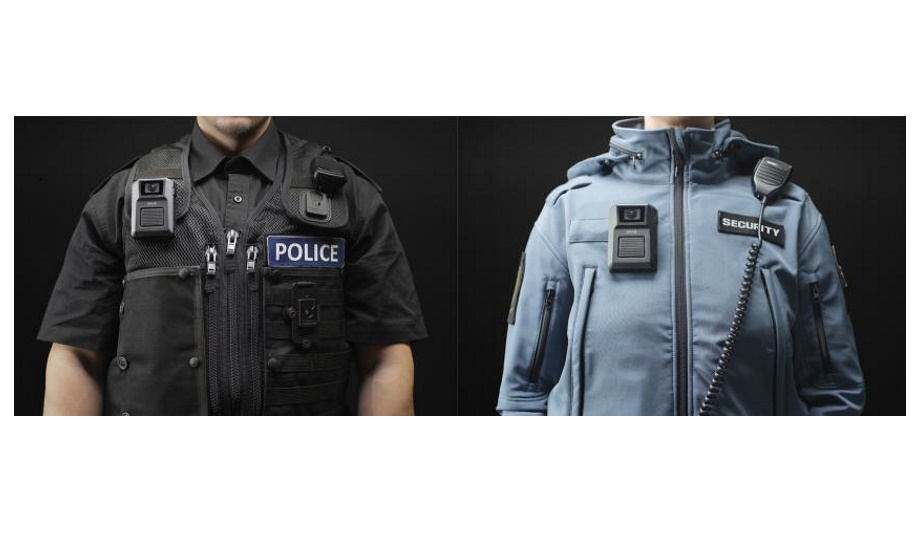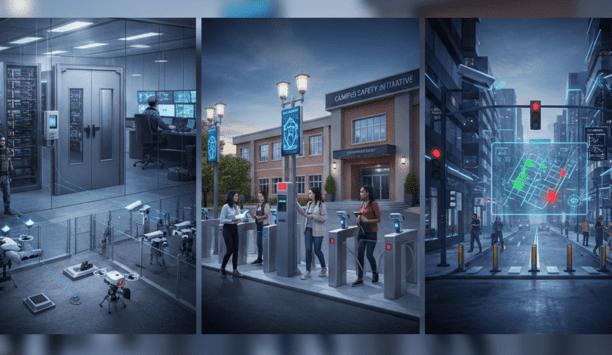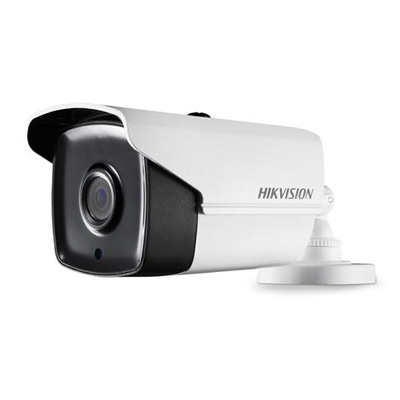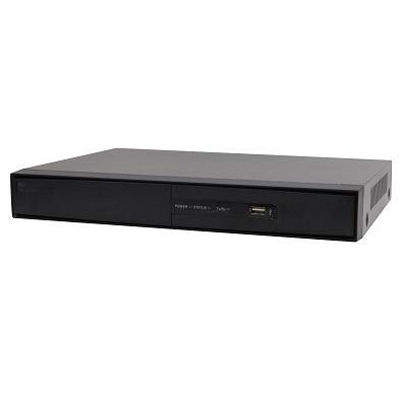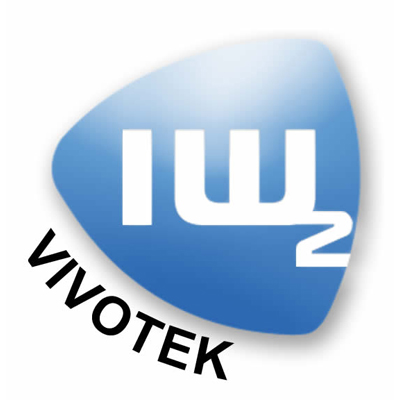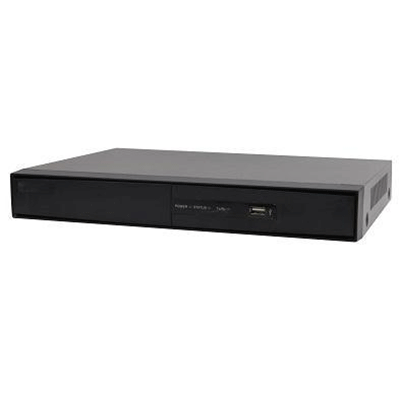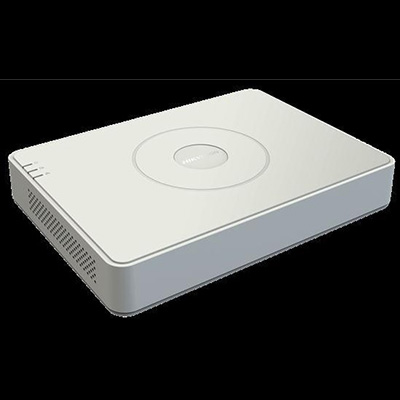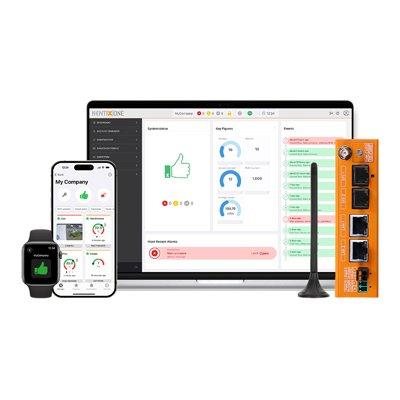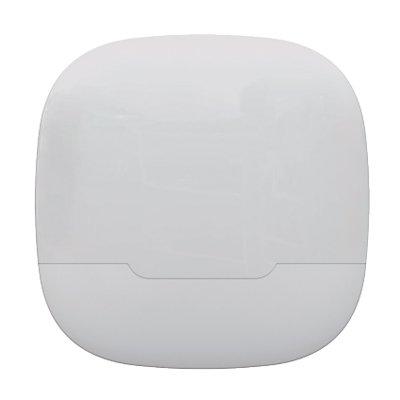Axis Communications, recognised for decades as an international provider of network video, has announced its first body worn camera solution designed for use by law enforcement and private security. The solution – including the robust camera, docking station and system controller – has been designed on an open system architecture, which will allow for integration with a broad range of video management systems (VMS) and evidence management systems (EMS), making the solution the world’s most flexible, and enhancing existing software investments.
Video surveillance technology
Benefits of body worn cameras are recognised in the law enforcement sector and private security industry
The benefits of body worn cameras in capturing evidence, deterring criminal behavior and training of officers and security personnel, are well-understood in the law enforcement sector and increasingly recognised in the private security industry. As both a pioneer and provider of video surveillance technology, with more than 30 years of experience in developing solutions for almost every imaginable scenario, the move by Axis to create a body worn solution is a logical one.
The Axis body worn camera solution is the result of extensive research and development, including the methodological approach Axis takes to the creation of new solutions refined over decades of experience, and numerous interviews with law enforcement and private security organisations. One critical aspect of the solution that was highlighted by potential customers was the need to maximise their existing investments in VMS and EMS software, hence the open architecture.
End-to-end solution
The Axis body worn solution can be used with a third-party VMS and EMS, on-premise or in the cloud, allowing for integration with other video surveillance data. It can also be delivered as an end-to-end solution, using AXIS Camera Station, the company’s own VMS software.
Fredrik Andersson, Global Product Manager, New Solutions Initiative at Axis Communications, explains: “When we’re in the process of developing a new solution, we’re always committed to deliver the best possible quality of video and audio within the constraints of the specific form factor. For the body worn camera, obvious challenges relate to finding the optimum combination of size, weight, the need for robustness and maximising battery life. To get all these elements right, our research and iterative design process included numerous conversations with customers, multiple product prototypes and a number of early-stage pilot projects.”
Holistic view of customer requirement
Wide dynamic range technology is employed to guarantee image quality in even the most challenging light conditions"
“The same level of thoroughness has been applied throughout the solution, not just the camera unit. We took a holistic view of the customer requirement, from video capture in the field to presentation of evidence in the courtroom. This is where the openness became imperative – customers didn’t want to be forced into a specific VMS and EMS – and also drove key aspects related to security and ensuring the integrity of evidence.”
The new Axis body worn camera system features three main hardware components: the camera itself; the camera docking station (8-bay or 1-bay); and the system controller. The camera captures video up to 1080p @30fps and audio through dual microphones for noise suppression capabilities. Wide dynamic range technology is employed to guarantee image quality in even the most challenging light conditions, while Axis Zipstream for body worn reduces the demands for storage.
Single integration and management point
Battery power is designed to cover a ‘full shift’, with 12 hours of normal usage and the capability for charging in-car or from a power bank. The docking station and the system controller are separate units. The system is easy scalable for large and cost-efficient body worn systems. The system controller provides a single integration and management point, and allows for fast and reliable video offloading (100Mbit per camera). All data is encrypted both at rest and in transfer using AES256 and TLS. In addition, video data can be fully end-to-end encrypted with specific integrations.
The camera also features built-in:
- GPS/GNSS receiver for location tracking
- Bluetooth Low Energy 4.1
- IEEE 802.11b/g/n
- 6-axis gyro and accelerometer
Storage and analysis of the video captured
The AXIS Body Worn Assistant mobile application allows users to review footage and add categories, descriptions and notes.
As Andersson explains, ease of use has been a focus throughout the solution design: “It’s essential that body worn cameras are simple to use in the field by officers and security personnel who may be in stressful situations, poor weather conditions or badly-lit areas. But we were keen that the same ease of use was evident throughout the solution, for operators responsible for the offloading, storage and analysis of the video captured.”
The Axis body worn solution will be available through Axis distribution channels in Q2 2020.
Discover how AI, biometrics, and analytics are transforming casino security

